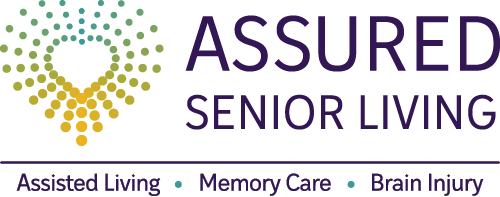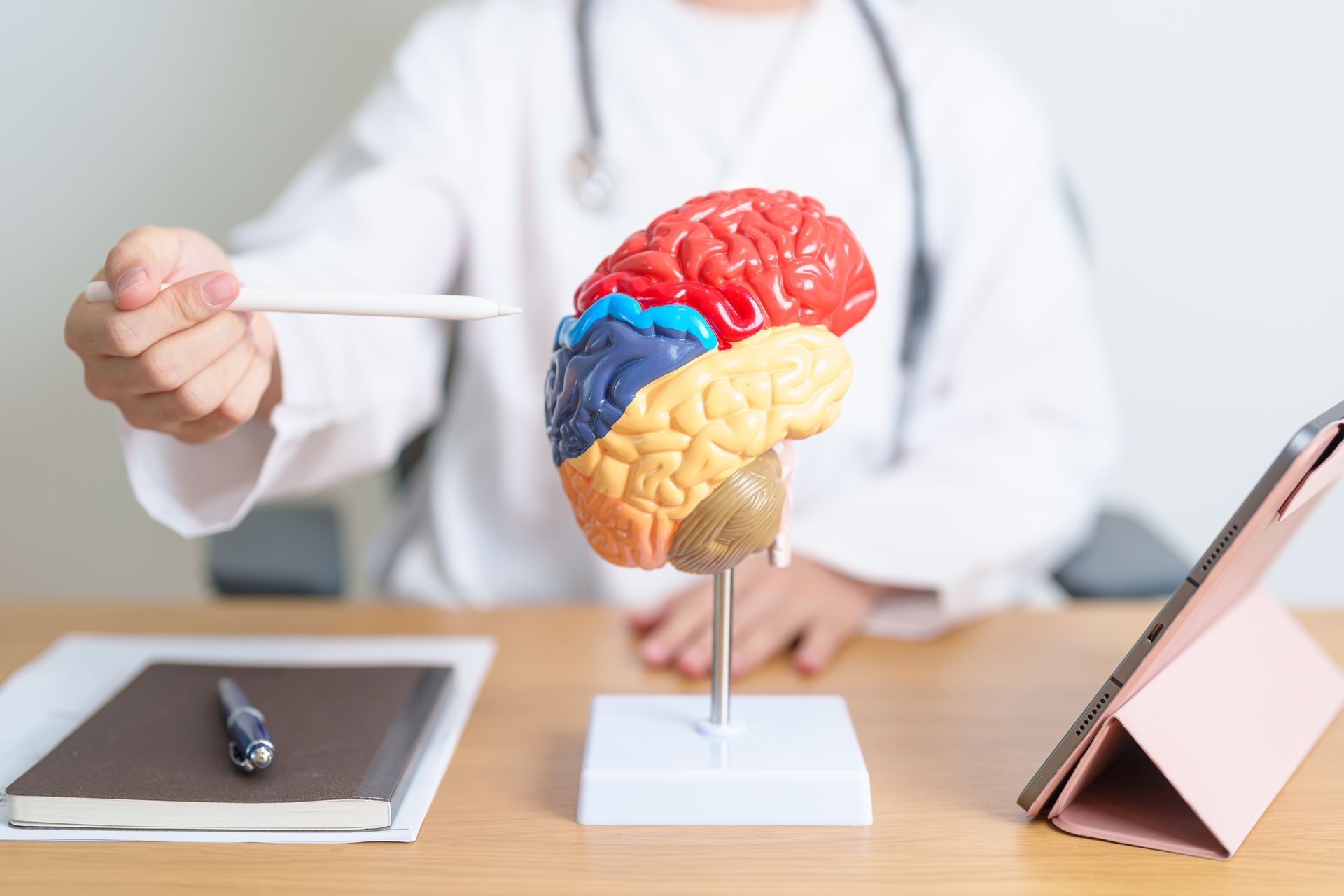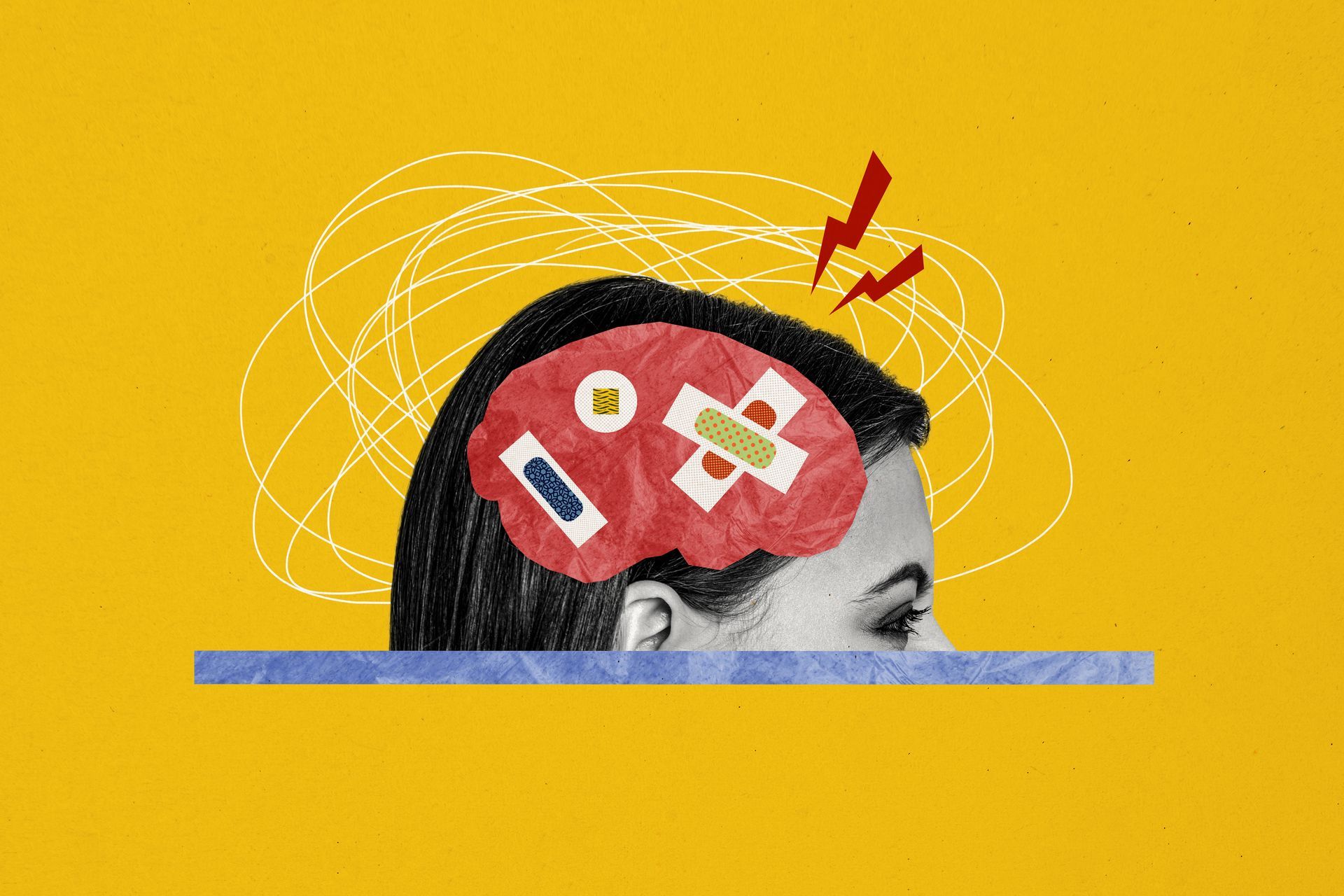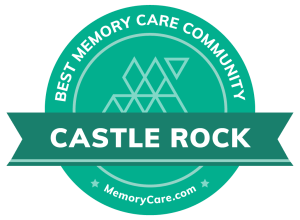BLOG
Activities at Home
Planning the day for the person with dementia
Activities and the person with dementia
Activities are the things that we do, like getting dressed, doing chores, playing cards even paying bills. They can be active or passive, done alone or with others. Activities represent who we are and what we’re about. A person with dementia needs assistance from a caregiver to organize the day. These planned activities can enhance the person’s sense of dignity and self-esteem by giving more purpose and meaning to his or her life.
Activities structure time. They can make the best of a person’s abilities. Activities can also reduce behavior like wandering or agitation.
Both the person with dementia and the caregiver can enjoy the sense of security and togetherness that activities can provide.
Types of activities
Daily routines
Chores: Dusting, sweeping, doing laundry
Mealtime: Preparing food, cooking, eating
Personal care: Bathing, shaving, getting dressed
Other activities
Creative: Painting, playing the piano
Intellectual: Reading a book, doing crossword puzzles
Physical: Taking a walk, playing catch
Social: Having coffee, talking, playing cards
Spiritual: Praying, singing a hymn
Spontaneous: Going out to dinner, visiting friends
Work-related: Making notes, typing, fixing something
The Alzheimer’s Association recommends creating a daily plan to organize activities. Inside, you’ll find useful information on:
- Planning activities page 4
- Creating a daily plan page 9
- Measuring the plan’s success page 10
- Daily plan – sample form page 11
Planning activities
The strategies for planning activities focus on the:
- Person
- Activity
- Approach
- Place
1. Person
Planning activities for the person with dementia is best when you continually explore, experiment and adjust. Consider the person’s likes and dislikes; strengths and abilities; and interests. As the disease progresses, keep activities flexible, and be ready to make adjustments.
Keep the person’s skills and abilities in mind
He or she may be able to play simple songs learned on the piano years ago. Bring these types of skills into daily activities.
Pay special attention to what the person enjoys
Take note when the person seems happy, anxious, distracted or irritable. Some people enjoy watching sports, while others may be frightened by the fast pace or noise.
Consider if the person begins activities without direction
Does he or she set the table before dinner or begin sweeping the kitchen floor mid-morning? If so, you may wish to plan these activities as part of the daily routine.
Be aware of physical problems
Does he or she get tired quickly, have difficulty seeing, hearing or performing simple movements? If so, you may want to avoid certain activities.
Activity
Focus on enjoyment, not achievement
Find activities that build on remaining skills and talents. A professional artist might become frustrated over the declining quality of work, but an amateur might enjoy a new opportunity for self-expression.
Encourage involvement in daily life.
Activities that help the individual feel like a valued part of the household like setting the table, wiping counter tops or emptying wastebaskets to provide a sense of success and accomplishment.
Relate activity to work life
A former office worker might enjoy activities that involve organizing, like putting coins in a holder, helping to assemble a mailing or making a to do list. A farmer or gardener will probably take pleasure in working in the yard. Look for favorites. The person who always enjoyed drinking coffee and reading the newspaper may still find these activities enjoyable, even if he or she is no longer able to completely understand what the newspaper says.
Change activities as needed
Try to be flexible and acknowledge the person’s changing interests and abilities.
Consider time of day
Caregivers may find they have more success with certain activities at specific times of day, such as bathing and dressing in the morning. Whatever the case, your typical daily routine may need to change somewhat.
Adjust activities to stages of the disease
As the disease progresses, you may want to introduce more repetitive tasks. Be prepared for the person to eventually take a less-active role in activities.
3. Approach
Offer support and supervision.
You may need to show the person how to perform the activity and provide simple, step-by-step directions.
Concentrate on the process, not the result
Does it really matter if the towels are folded properly? Not really. What matters is that you were able to spend time together, and the person feels as if he or she has helped do something useful.
Be flexible
When the person insists that he or she doesn’t want to do something, it may be because he or she can’t do it or fears doing it. Or if the person insists on doing it a different way, let it happen, and fix it later.
Be realistic and relaxed
Don’t be concerned about filling every minute of the day with an activity. The person with Alzheimer’s needs a balance of activity and rest, and may need more frequent breaks and varied tasks.
Help get the activity started
Most people with dementia still have the energy and desire to do things but lack the ability to organize, plan, initiate and successfully complete the task.
Break activities into simple, easy-to-follow steps.
Too many directions at once often overwhelm a person with dementia. Focus on one task at a time.
Assist with difficult parts of the task.
If you’re cooking, and the person can’t measure the ingredients, finish the measuring and say, Would you please stir this for me?
Let the individual know he or she is needed
Ask, Could you please help me?” Be careful, however, not to place too many demands upon the person.
Stress a sense of purpose
If you ask the person to make a card, he or she may not respond. But, if you say that you’re sending a special get-well card to a friend, the person may enjoy working on this task with you.
Don’t criticize or correct the person
If the person enjoys a harmless activity, even if it may seem insignificant or meaningless to you, you should encourage the person to continue.
Encourage self-expression
Include activities that allow the person a chance for expression. These types of activities could include painting, drawing, music or conversation.
Involve the person through the use of conversation
While you’re polishing shoes, washing the car or cooking dinner, talk to the person about what you’re doing. Even if the person cannot respond, he or she is likely to benefit from your communication.
Substitute an activity for a behavior
If a person with dementia rubs his or her hand on a table, put a cloth in his or her hand, and encourage the person to wipe the table. Or, if the person is moving his or her feet on the floor, play some music so the person can tap them to the beat.
Try again later
If something isnt working, it may just be the wrong time of day or the activity may be too complicated. Try again later, or adapt the activity.
4. Place
Make activities safe
Modify a workshop by removing toxic materials and dangerous tools so an activity such as sanding a piece of wood can be safe and pleasurable.
Change your surroundings to encourage activities
Place in key locations scrapbooks, photo albums or old magazines that help the person reminisce.
Minimize distractions that can frighten or confuse
A person with dementia may not be able to recall familiar sounds and places or may feel uncomfortable in certain settings.
Creating a daily plan
Consider how you organize your own day when planning the day for the person with dementia. There are times when you want variety and other times when you welcome routine. The challenge for caregivers is to find activities that provide meaning and purpose, as well as pleasure.
Begin by thinking about the past week. Try keeping a daily journal, and make notes about:
Which activities worked best and which didn’t? Why?
Were there times when there was too much going on or too little to do?
Were spontaneous activities enjoyable and easily completed? Use what you’ve learned to set up a written daily plan. A planned day allows you to spend less time and energy trying to figure out what to do from moment to moment. Allow yourself and the person with dementia some flexibility for spontaneous activities.
Effective activities:
- Bring meaning, purpose, joy and hope to the Person’s life
- Use the person’s skills and abilities
- Give the person a sense of being normal
- Involve family and friends
- Are dignified and appropriate for adults
- Are enjoyable
Example of a daily plan
Morning
- Wash, brush teeth, get dressed
- Prepare and eat breakfast
- Have coffee and make conversation
- Discuss the newspaper, try a craft project, reminisce about old photos
- Take a break, have some quiet time
- Do some chores together
- Take a walk, play an active game
Afternoon-
- Prepare and eat lunch, read mail, wash dishes
- Listen to music, do crossword puzzles, watch TV
- Do some gardening, take a walk, visit a friend
- Take a short break or nap
Evening
- Prepare and eat dinner, clean up the kitchen
- Reminisce over coffee and dessert
- Play cards, watch a movie, give a massage
- Take a bath, get ready for bed, read a book
Measuring the plan’s success
To decide how the daily plan is working, look at each activity. Think about how the person responds and how well the activity meets your needs.
The success of an activity can vary from day to day. In general, if the person seems bored, distracted or irritable, it may be time to introduce another activity or to take time out for rest.
Oftentimes, structured and pleasant activities reduce agitation and improve mood. The type of activity and how well it’s completed are not as important as the joy and sense of accomplishment the person gets from doing it.
Daily plan
Copy and fill out this sample form or create one that works best for you.
Morning
———————————————————————————–
Afternoon
———————————————————————————–
Evening
———————————————————————————–
Since 1996 Alzheimer’s Association. All rights reserved. Reprinted 2005.
This is an official publication of the Alzheimer’s Association but may be distributed by unaffiliated organizations and individuals. Such distribution does not constitute an endorsement of these parties or their activities by the Alzheimer’s Association.
10 Quick Tips
Activities at Home
- Be flexible and patient
- Encourage involvement in daily life
- Avoid correcting the person
- Help the person remain as independent as possible
- Offer opportunities for choice
- Simplify instructions
- Establish a familiar routine
- Respond to the person’s feelings
- Simplify, structure and supervise
- Provide encouragement and praise
The Alzheimer’s Association, the world leader in Alzheimer research, care and support, is dedicated to finding prevention methods, treatments and an eventual cure for Alzheimer’s. For reliable information and support, contact the Alzheimer’s Association:
1.800.272.3900 www.alz.org














